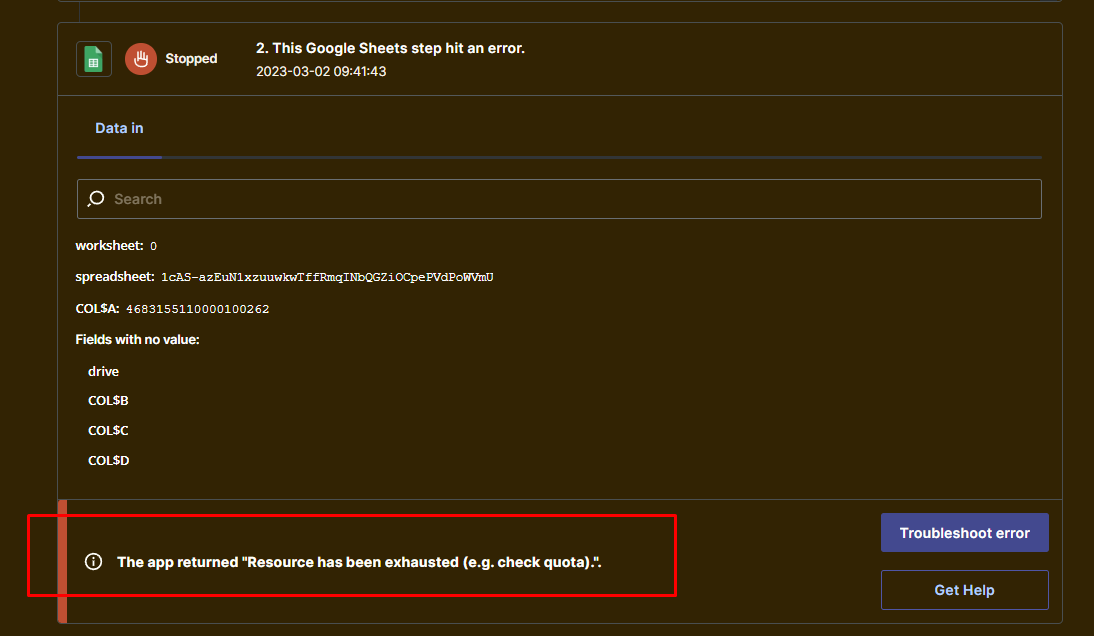With the advent of the business inventory barcode system, inventory management has undergone a remarkable transformation. This system, a symphony of hardware, software, and processes, offers a multitude of benefits, streamlining operations and enhancing efficiency like never before.
The system leverages the power of barcodes, unique identifiers that store essential product information. These barcodes are generated and scanned, capturing data that is then stored and managed within the system. The result is a comprehensive database of inventory items, providing real-time visibility and control.
Data Management

Efficient data management is crucial for accurate inventory tracking. The system seamlessly captures inventory data through various methods, including barcode scanning, manual entry, and integration with other systems.
Captured data is securely stored in a centralized database, ensuring accessibility and integrity. The system employs robust data validation mechanisms to prevent errors and maintain data accuracy. Regular data backups safeguard against data loss and ensure business continuity.
Data Accuracy and Integrity
Data accuracy and integrity are paramount for effective inventory management. Accurate data enables businesses to make informed decisions, optimize stock levels, and minimize losses due to overstocking or understocking.
- Barcode scanning: Automated barcode scanning minimizes human errors and ensures data accuracy.
- Data validation: The system employs data validation rules to check for data consistency, completeness, and validity.
- Regular audits: Physical inventory audits periodically verify data accuracy and identify discrepancies.
Best Practices for Data Management, Business inventory barcode system
To ensure optimal data management, consider the following best practices:
- Establish clear data entry protocols: Define standardized procedures for data entry to minimize errors.
- Train staff on data management: Educate staff on the importance of data accuracy and integrity.
- Implement data backup and recovery plan: Regularly back up data to protect against data loss.
System Integration

Integrating the barcode system with other business systems, such as ERP and CRM, is crucial for streamlining operations and enhancing data accuracy.
By connecting the barcode system to an ERP (Enterprise Resource Planning) system, businesses can automate inventory management processes, including tracking stock levels, managing orders, and processing invoices. This integration eliminates manual data entry, reduces errors, and provides real-time visibility into inventory levels.
Integrating with a CRM (Customer Relationship Management) system enables businesses to track customer interactions, manage sales pipelines, and provide personalized experiences. By linking customer data with inventory information, businesses can tailor marketing campaigns, offer relevant product recommendations, and improve customer satisfaction.
Challenges and Benefits
- Challenges:Data compatibility, system downtime, and the need for skilled IT resources.
- Benefits:Improved data accuracy, streamlined operations, increased efficiency, and enhanced customer satisfaction.
Successful Integrations
- Example 1:A retail company integrated its barcode system with its ERP, resulting in a 90% reduction in inventory errors and a 15% increase in sales.
- Example 2:A manufacturing company integrated its barcode system with its CRM, enabling personalized product recommendations and a 20% increase in customer retention.
Security Considerations: Business Inventory Barcode System

A business inventory barcode system stores sensitive information such as product details, quantities, and locations. Hence, it is crucial to address security risks to protect this data from unauthorized access, theft, or damage.
To mitigate these risks, implement the following best practices:
Authentication and Authorization
- Enforce strong passwords and two-factor authentication to prevent unauthorized access.
- Define user roles and permissions to restrict access to sensitive data.
Data Encryption
- Encrypt data at rest and in transit to prevent unauthorized interception.
- Use secure protocols such as SSL/TLS to protect data transmission.
Regular Security Audits
- Conduct regular security audits to identify vulnerabilities and address them promptly.
- Use security scanning tools to detect and prevent potential attacks.
Access Control
- Restrict physical access to barcode scanners and inventory data.
- Implement access logs to track user activities and identify any suspicious behavior.
Disaster Recovery Plan
- Create a disaster recovery plan to ensure data backup and recovery in case of system failure or data loss.
- Test the disaster recovery plan regularly to ensure its effectiveness.
Outcome Summary

In conclusion, the business inventory barcode system is a cornerstone of modern inventory management. It empowers businesses to optimize their operations, reduce costs, and gain a competitive edge. By embracing this technology, businesses can unlock the full potential of their inventory and drive their operations towards greater success.
